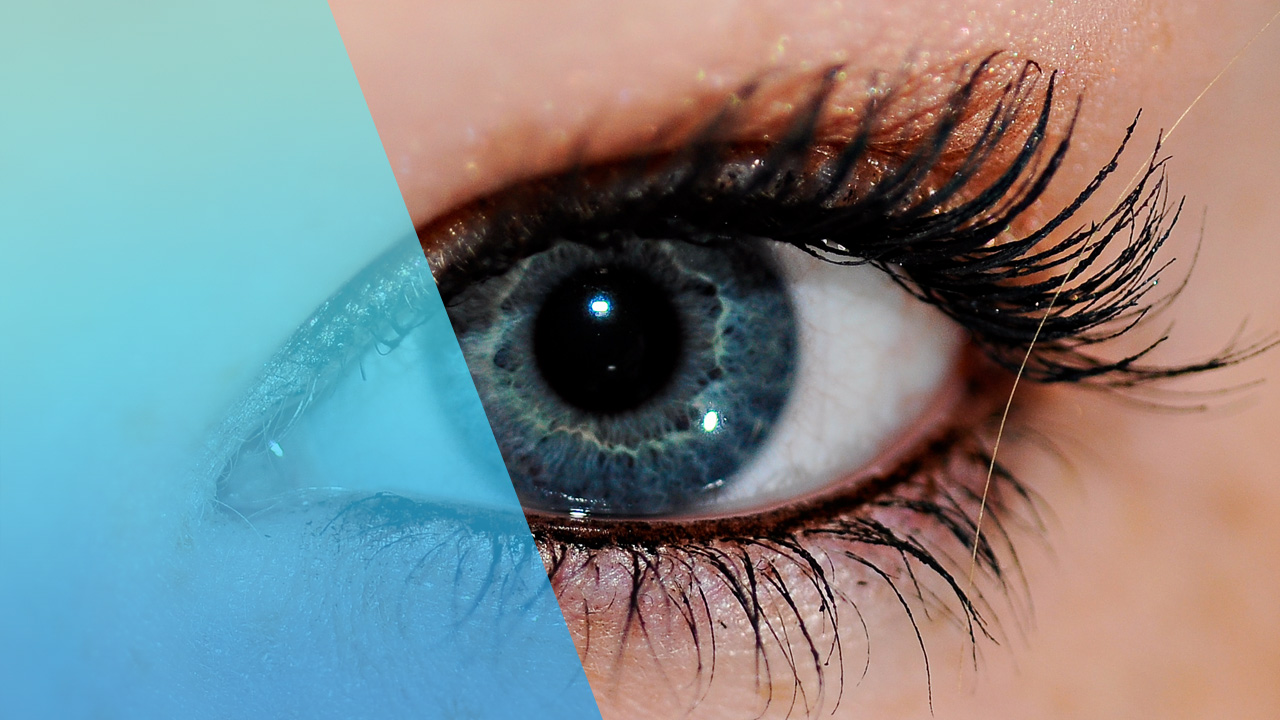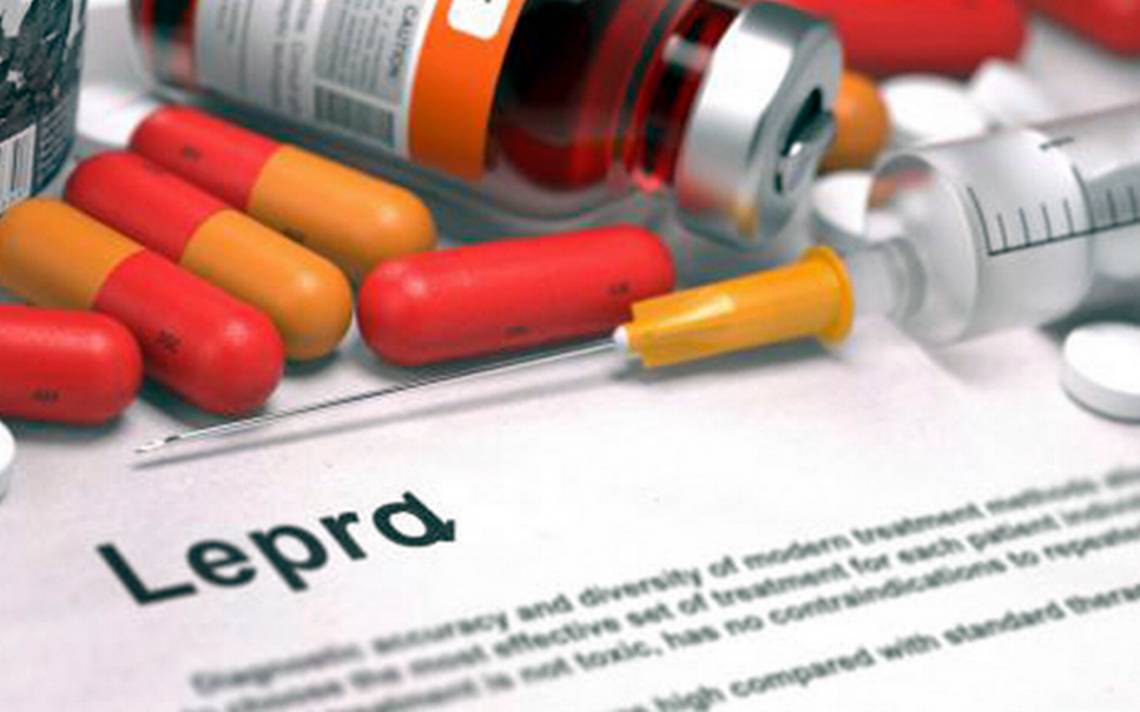[et_pb_section bb_built=”1″][et_pb_row][et_pb_column type=”4_4″][et_pb_text _builder_version=”3.13.1″]
As a general measure for the treatment of scleroderma, D-penicillamine is usually used, a drug that is capable of interfering with the synthesis of collagen in the early stages of the disease, at doses of 125 grams every other day.
In this phase glucocorticoids are also used at low doses to treat swelling (edema), since high doses can trigger a kidney crisis.
For the treatment of Raynaud’s phenomenon it is recommended to avoid cold and to administer calcium channel blocking drugs (nifedipine and diltiazem); In the case of ulcers on the fingers, drugs such as prostacyclin, bosentan or platelet antiaggregants (for example, acetylsalicylic acid) may be used. The use of moisturizers for the skin is also recommended.
In patients with esophageal symptoms, proton pump inhibitor drugs (such as omeprazole) are given. In cases of overgrowth of intestinal bacteria, some type of antibiotic is usually administered. Joint stiffness and pains are treated with nonsteroidal anti-inflammatory drugs (eg, ibuprofen).
The interstitial lung disease is treated with oxygen therapy, bronchodilators, and antibiotics and with cyclophosphamide and glucocorticoids in the early stages (alveolitis).
In cases with pulmonary hypertension, vasodilators (for example, nifedipine), prostacyclin and bosentan are used, among other treatments.
The heart condition is treated depending on the manifestations that arise. The drugs for the treatment of arterial hypertension are ACE inhibitors (angiotensin-converting enzyme inhibitors, such as enalapril).
Learn more about your health and well-being at Pharmamedic.
[/et_pb_text][/et_pb_column][/et_pb_row][/et_pb_section]









